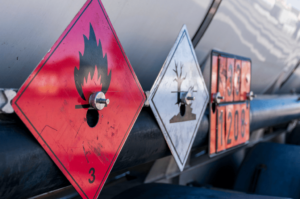European Union’s Russian LNG Dilemma
The European Union is on track to import record volumes of liquefied natural gas (LNG) from Russia this year, despite its goals to reduce dependency on Russian fossil fuels by 2027. Between January and July 2023, EU imports of Russian LNG increased by 40% compared to the same period in 2021. This surge is notably higher than the global average increase of 6% in Russian LNG imports. Belgium and Spain have emerged as the second and third-largest importers of Russian LNG, following China.
The import data, analyzed by NGO Global Witness using information from industry analytics company Kpler, reveals that the EU imported about 1.7% more Russian LNG than during its previous record high last year. The cost of LNG imports from January to July amounted to €5.29 billion. Most of these imports originate from the Yamal LNG joint venture, which is primarily owned by Russian company Novatek, along with stakes from France’s TotalEnergies and China’s CNPC.
These escalating import levels have raised concerns, as they result in substantial revenues for Russia and expose the EU to risks associated with sudden supply cuts. Russia’s LNG accounted for 16% of the EU’s total LNG imports, making it the bloc’s second-largest supplier after the U.S. EU officials have urged companies to avoid buying Russian LNG and have contemplated sanctions. However, they also caution that an outright ban could trigger an energy crisis similar to the one last year when gas prices soared.
Experts argue that unless the EU reduces its gas consumption by 10-15%, it risks recurring supply challenges. Meanwhile, some policymakers, like Spanish energy minister Teresa Ribera, have called the situation “absurd” and advocate for sanctions on LNG. Although EU gas storage is over 90% full, there remains significant apprehension over potential supply cuts, complicating the bloc’s energy strategy.








